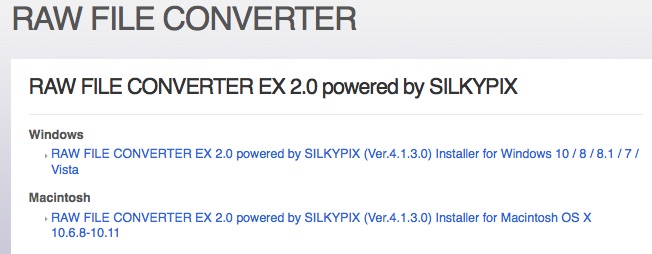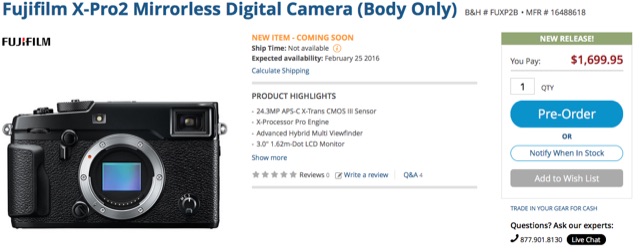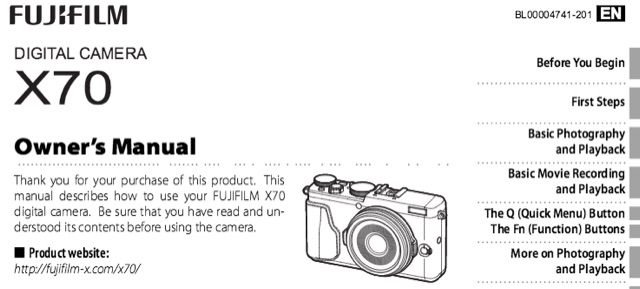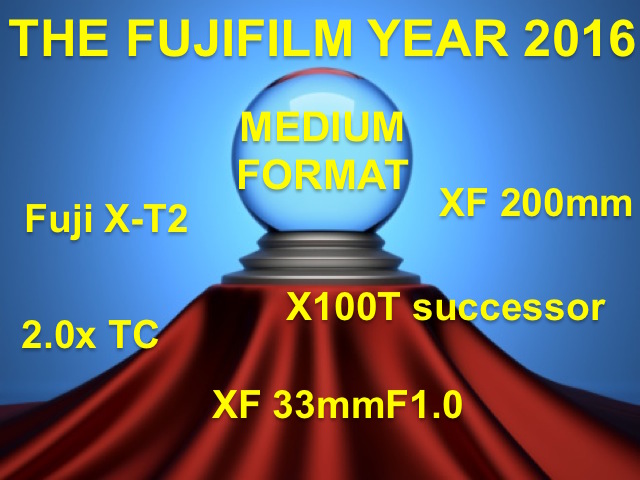X-TransIII and Fantastic 5 Stops Shadow Recovery :: Why DxOMark Doesn’t Test X-Trans :: RFC EX 2.0 Available :: Free ClassicChrome profile
Free Classic Chrome profile for X-Pro1 / X-E1
 Lightroom/ACR – free ClassicChrome profile (.dcp) for X-Pro1 & X-E1!
Lightroom/ACR – free ClassicChrome profile (.dcp) for X-Pro1 & X-E1!
DxO Vs. X-Trans
Why DxOMark Doesn’t Test Fujifilm Cameras? Petapixel spoke with DxO, and the answer is as to expect:
“We do not measure X-Trans sensor because of the specific technology, […] We would need a lot of time to adapt our protocol for such sensor and we did not had the chance to do that.
It is a bit technical but here is the main issue: the X-Trans file do not support the same Bayer pixel mapping,[…] That means that we will need to develop specific reader to read these specific raw files, and then apply a lot of changes on our measurement protocol.”
All of DxOMark’s RAW measurements were designed for Bayer RGB files, so X-Trans-equipped Fujifilm cameras over the past 3 years just haven’t been testable. No word yet on if or when this may change
To me, DxO is doing the right thing: not test the X-Trans sensor, because their current measurment protocol would not lead to 100% accurate results, and it could damage the “image” of the X-Trans sensor.
Look for example the dpreview studio shots. They use Photoshop to demosaic the X-Trans files, but Adobe works best for the conventional Bayer CFA. And even if Adobe introduced several improvements for X-Trans in these years (and promised to improve support further), it is still not quite up with converters like Iridient. That’s why the studio shots at dpreview will never really make justice to the real potential of Fuji’s X-Trans technology.
That said, I wish DxO would take it seriously and optimize their testing also for Fujifilm X-series cameras, because I’m so sure that the magic X-Trans would deliver great test results.
Amazing X-Trans III 5 stop shadow recovery & more
Fujifilm X-Pro2 with Lightroom at Kevin Mullins youtube + X-Pro2 Support in Adobe Lightroom CC at f16.click. As recommended by Dave in the comments: “go to the 7:49 mark and there he shows the effect of 5 stop adjustment in lightroom cc on both jpg and raw files…there are 2 separate images he does this with. The effects on raw files is incredible.”
Choosing a Raw Processor for Fuji X-Trans Files – Updated at thomasfitzgeraldphotography / An interesting look to Black and White Images from Fuji X-Trans cameras with Iridient Developer and Lightroom at thomasfitzgeraldphotography / Fujifilm X-T1 – Lightroom & Silver Efex workflow at Samuel Zeller youtube
RAW FILE CONVERTER EX 2.0 powered by SILKYPIX
RAW FILE CONVERTER EX 2.0 powered by SILKYPIX available at Fujifilm







